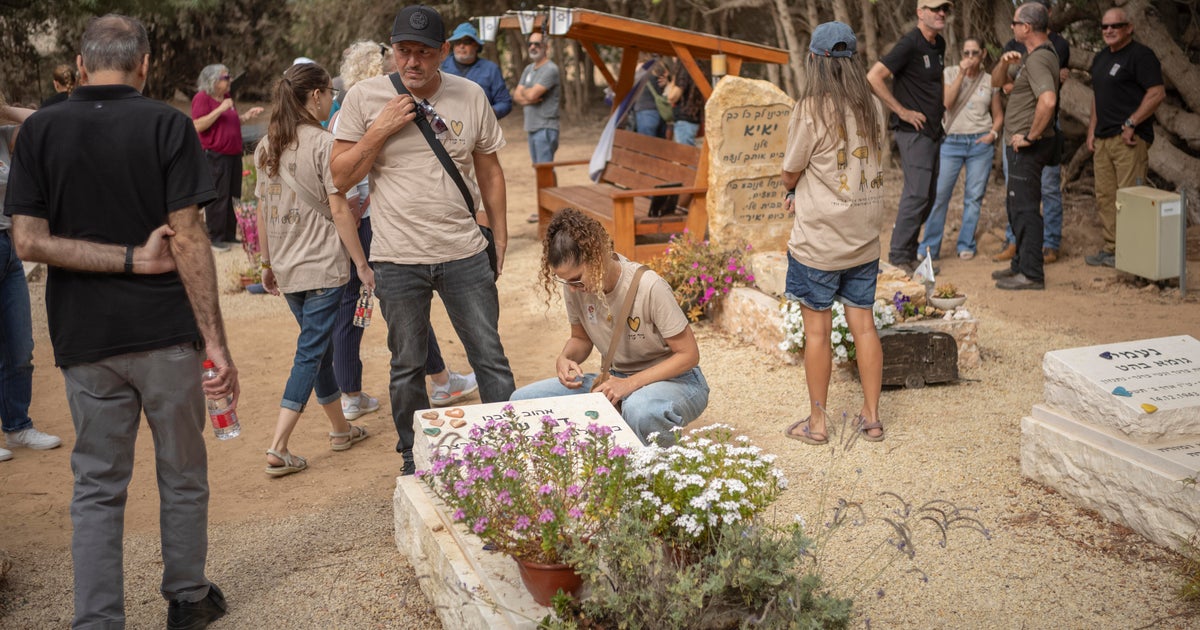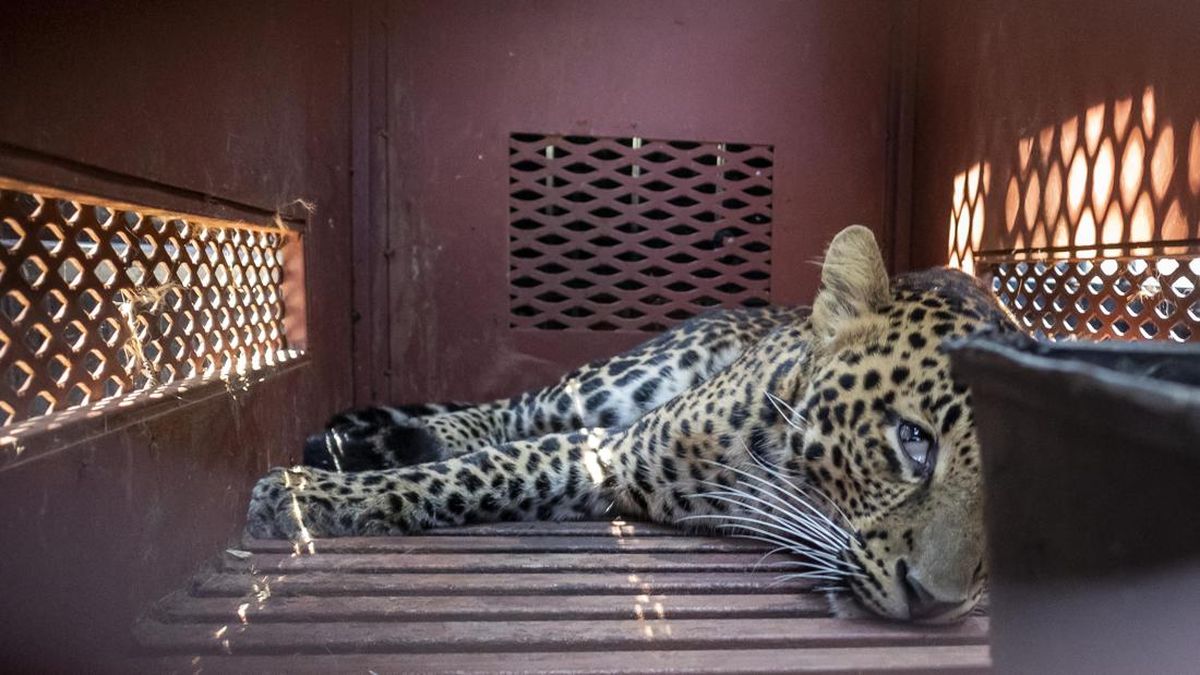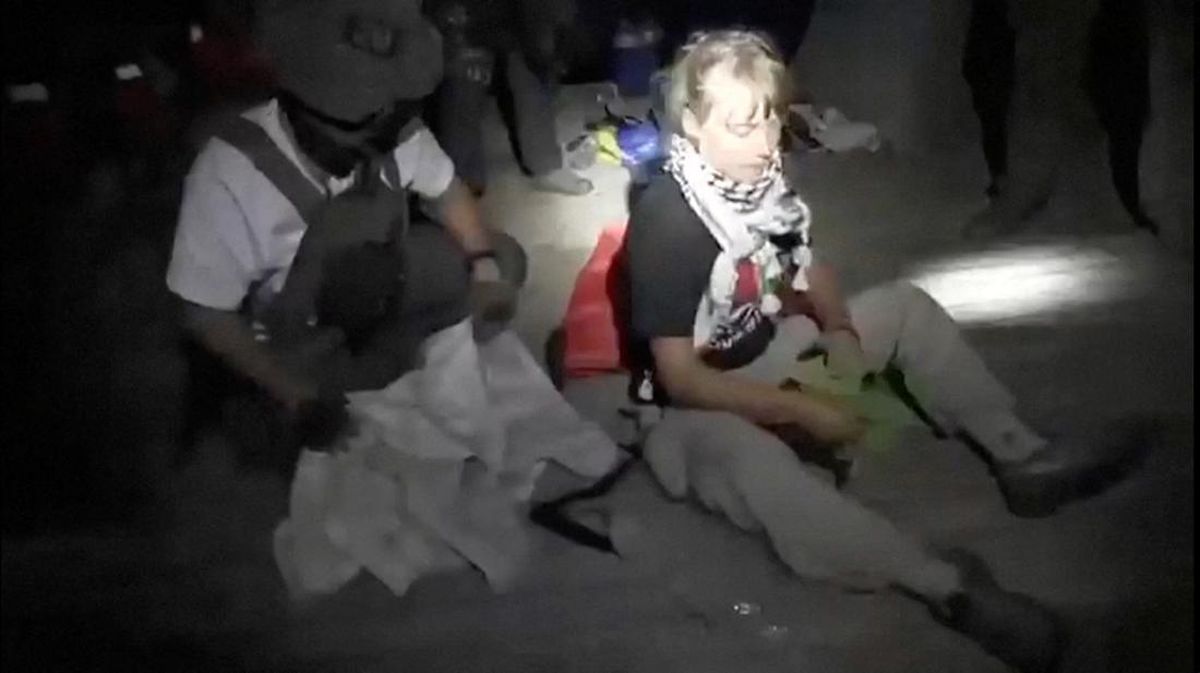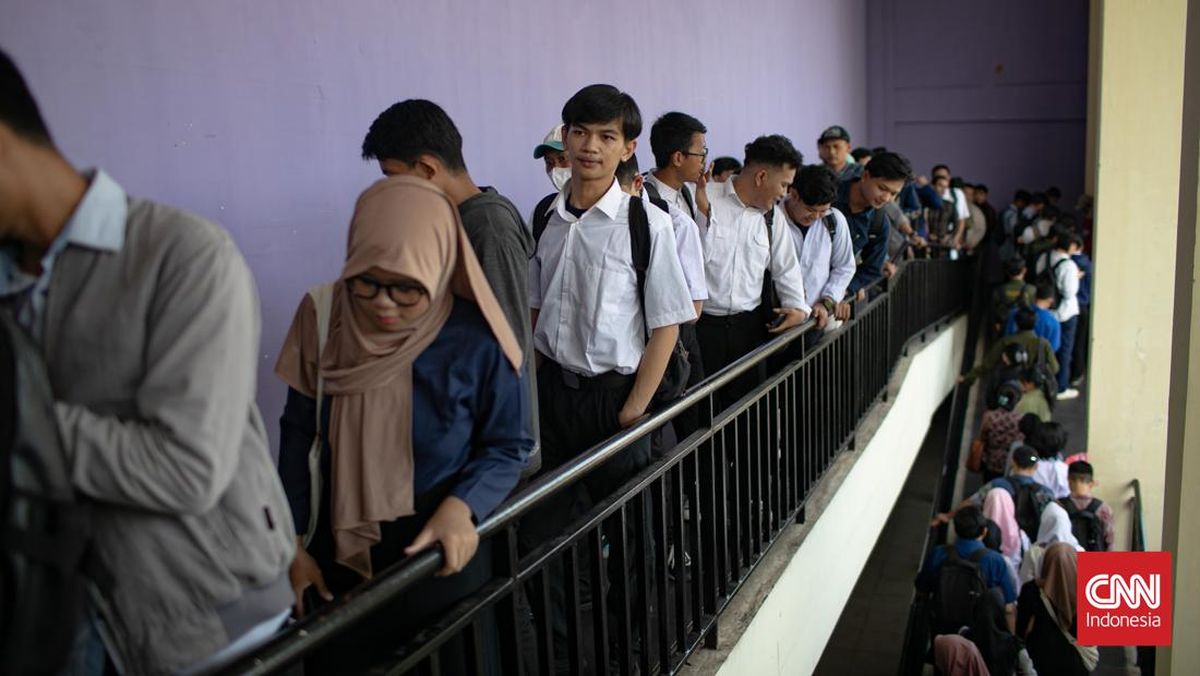What it's like to climb Mount Everest
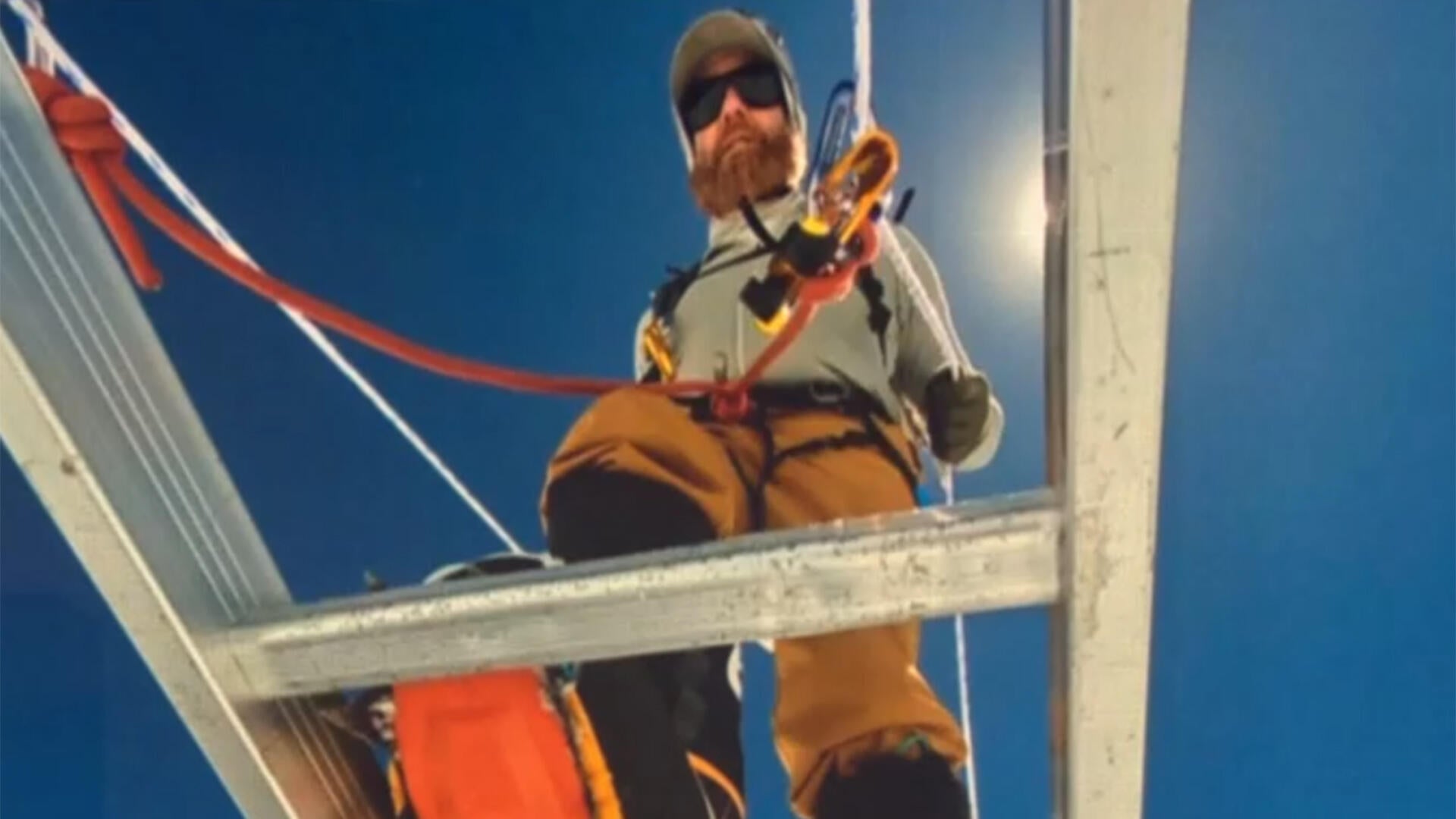
Beijing — Rescue workers were helping hundreds of hikers trapped by heavy snow at tourist campsites on a slope of Mount Everest in Tibet, Chinese state media said late Sunday.
About 350 hikers had reached a meeting point in Tingri country and rescuers were in contact with another 200, state broadcaster CCTV said. There was no immediate update on rescue efforts on Monday.
The hikers were trapped at an elevation of more than 16,000 feet, according to an earlier report from Jimu News, a Chinese online site. Mount Everest is about 29,000 feet tall.
A hiker who rushed to descend before snow blocked the way told Jimu News that others still on the mountain told him the snow was 3 feet deep and had crushed tents.
Another hiker who made it to safety is quoted by the Reuters news agency as saying, "It was so wet and cold in the mountains, and hypothermia was a real risk. The weather this year is not normal. The guide said he had never encountered such weather in October. And it happened all too suddenly."
Hundreds of rescuers headed up the mountain Sunday to clear paths so trapped people could come down, the Jimu report said. A video shot by a villager showed a long line of people with horses and oxen moving up a winding path in the snow.
 A screen grab from video shows trekkers leaving their campsite as unusually heavy snow and rainfall pummeled the Himalayas, in the Tibet region of China on Oct. 5, 2025.
Geshuang Chen / Handout via Reuters
A screen grab from video shows trekkers leaving their campsite as unusually heavy snow and rainfall pummeled the Himalayas, in the Tibet region of China on Oct. 5, 2025.
Geshuang Chen / Handout via Reuters
The snowstorm struck during a weeklong national holiday in China, when many travel at home and abroad.
Mount Everest, known as Mount Qomolangma in Chinese, straddles the border between China and Nepal, where recent heavy rains have wiped away villages and caused landslides, leaving more than 40 people dead.
Climbers attempt to scale the world's tallest peak from base camps in both countries. The base camp for climbers is separate from the tourist camp where hikers were trapped by the snowfall.
A strong earthquake killed at least 126 people in the same area in January.
The Chinese side of Everest is in Tibet, a remote western region where the government has cracked down harshly on dissent and poured in funds for economic development including roads and tourism.
The Dalai Lama, the spiritual leader of Tibetan Buddhism, fled during a failed uprising in 1959 and lives in India, where some Tibetans have set up a government in exile.







